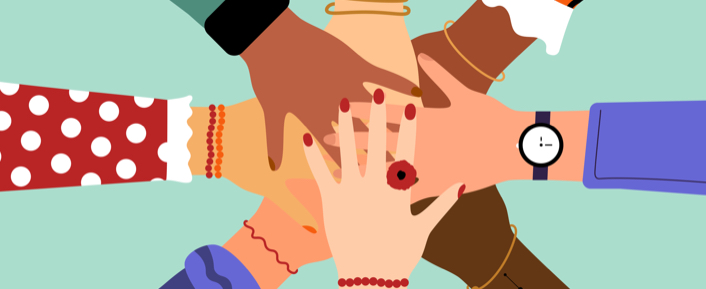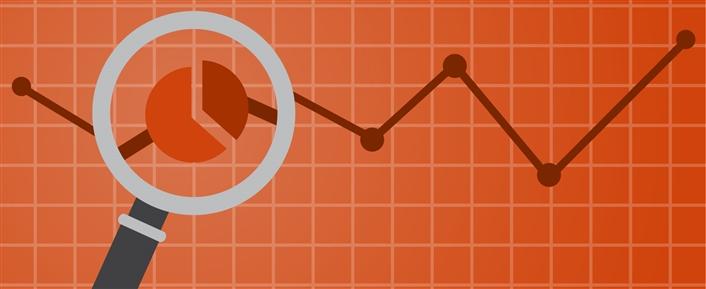Contact Tracing (CDC) is used to trace and monitor the contacts of infected people. To reopen communities the adoption and evaluation of digital tools may expand reach and efficacy of contact tracers. This resource page was created to help higher education institutions understand how contact tracing works and the implications of its use within their communities.
General and Public Health
- Amid the Coronavirus Crisis, a Regimen for Reentry. The New Yorker. May 2020.
Health-care workers have been on the job throughout the pandemic. What can they teach us about the safest way to lift a lockdown?
- Contact-Tracing Technology: A Key to Reopening. Johns Hopkins Bloomberg School of Public Health. April 2020.
Researcher, Crystal Watson, DrPH, explains why technology is vital to contact tracing efforts and how it might work, seeking a.combination of security and protection of privacy but with a really fine-tuned ability to identify someone within even a couple of feet.
- Determining the optimal strategy for reopening schools, the impact of test and trace interventions, and the risk of occurrence of a second COVID-19 epidemic wave in the UK: a modelling study. The Lancet. August 2020.
- A Web-based, Mobile Responsive Application to Screen Healthcare Workers for COVID Symptoms: Descriptive Study. April 2020.
The authors, all medical professionals, describe the design and development of the COVID-19 symptom screening application and report on aggregate usage data from the first week of use across the organization.
- You Don’t Need Invasive Tech for Successful Contact Tracing. Here’s How It Works. Propublica. May 2020.
While most discussions have focused on countries’ use of surveillance technology, contact tracing is actually a fairly manual process. After interviewing contact tracing experts and taking an online course, ProPublica health reporter Caroline Chen presents her takeaways.
Privacy Concerns and Resistance to Use
- At Universities, Contact Tracing App Reception Hinges on Privacy. edscoop, August 2020. Universities have launched mobile apps to collect COVID-19 health data on students and faculty, but some schools are now facing backlash over privacy concerns and how the apps have been implemented.
- Contact-tracing Apps face Serious Adoption Obstacles. The Brookings Institution. May 2020.
In order for such tools to be effective, some 60 percent of the population needs to opt-in and use them. With the novel coronavirus continuing to spread in the United States and major American universities and technology companies actively developing digital contact-tracing tools, understanding whether the American people would be willing to use such technology to stem the outbreak has never been more important.
- Data Privacy and Gen Z: A Formula for Voluntary Contact Tracing on Campus, Huron. August 2020. Contact tracing is widely considered to be one of the best methods for safe reopening, yet there are concerns it may be used to infringe upon privacy safeguards.
Programs and Apps
Use in Higher Education
Looking for a specific school's current detailed plan ? The Chronicle of Higher Education is collecting a List of Colleges’ Plans for Reopening Models.



